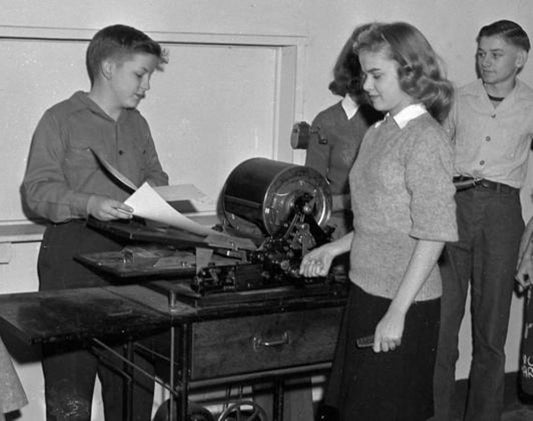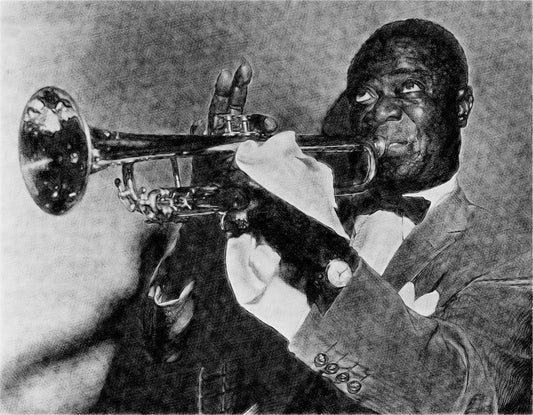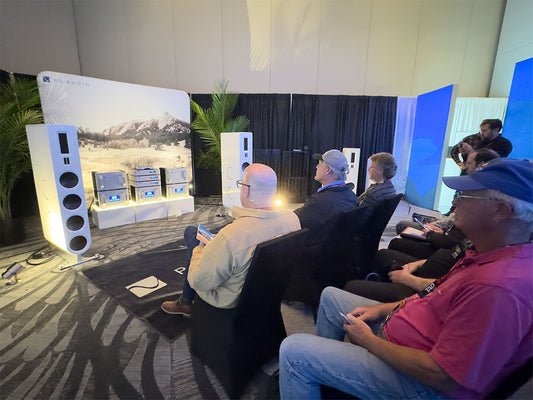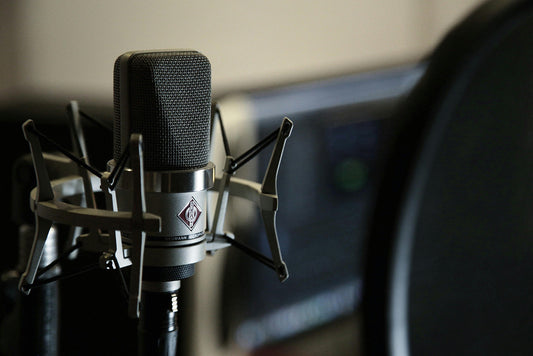Conflating D and A
by Paul McGowan
In yesterday's post on tone controls, there were a number of comments about the use of DSP, yet few about the differences between analog and digital controls.
There is no question that if one is happy staying entirely in the digital domain, DSP EQ and correction is a near-perfect solution. We can design extensive tone controls that have zero phase shift and are sonically neutral.
The same cannot be said for analog. And therein lies the rub.
If you're going to add tone or EQ controls to an analog preamplifier you are going to suffer added circuitry, phase shift, and sonic degradation. That's just the cost of doing business in the analog domain.
As a manufacturer, we have to be sensitive to all our customer's needs. We can't, for example, produce an honest analog-based preamplifier with DSP for EQ. To do that would require the analog signal to first be converted to digital and then back into analog.
Which is why blanket statements about EQ and tone controls are difficult. We first need to set the ground rules of the playground before making blanket statements.
Just sayin'.
- Choosing a selection results in a full page refresh.
- Opens in a new window.








